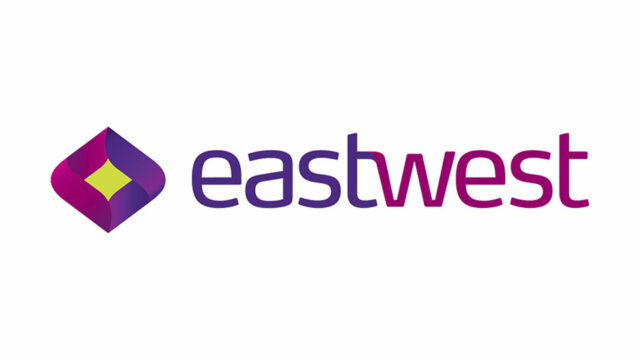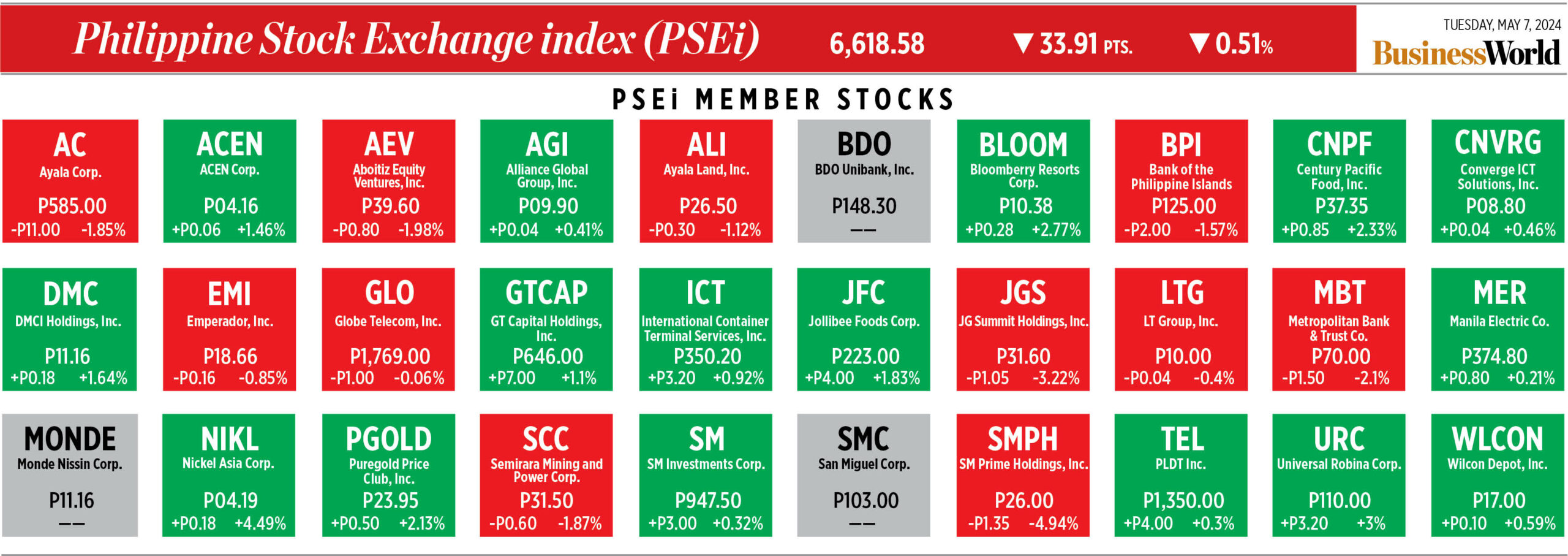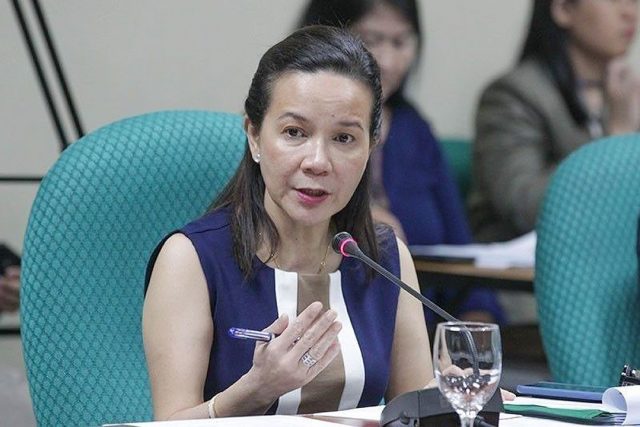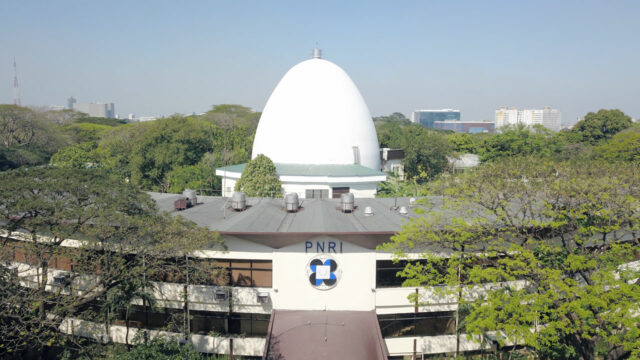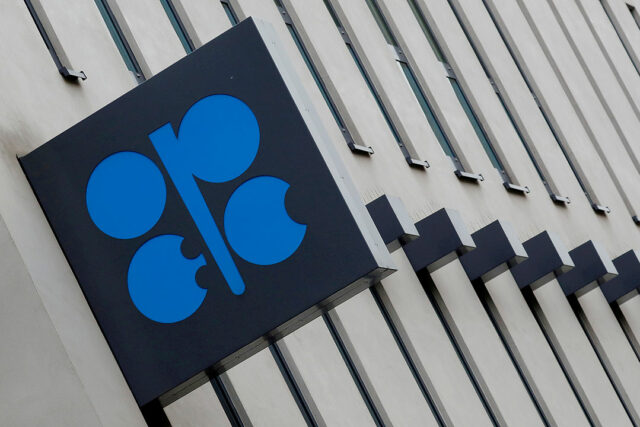THE PHILIPPINES has obtained a technical assistance commitment from the OPEC Fund for International Development (OPEC Fund) to help streamline right-of-way acquisition for major government infrastructure projects, the Department of Finance (DoF) said on Tuesday.
The agreement was sealed during a meeting between Finance Undersecretary Joven Z. Balbosa and OPEC Fund President Abdulhamid Alkhalifa on the sidelines of the World Bank-International Monetary Fund Spring Meetings in Washington, DC on April 18.
“The DoF has secured a commitment from the OPEC Fund for technical assistance to address right-of-way acquisition issues to support the smooth implementation of the administration’s big-ticket infrastructure projects,” the DoF said in a statement.
The OPEC Fund also showed interest in co-financing the Asian Development Bank’s (ADB) Public Financial Management Reform Program Subprogram 1.
The loan will support the Philippine Development Plan 2023-2028, and forms part of the ADB’s country partnership strategy for the Philippines for 2018 to 2023, which is focused on accelerating infrastructure and long-term investment, the DoF said.
“Subprogram 1 is aligned with the goals of the Paris Agreement because it will build a public financial management system conducive to catalyzing climate finance through public-private partnerships and improving climate resilience and readiness among local government units (LGUs),” it added.
The DoF and OPEC Fund also cited the need to execute the Framework Agreement of the Establishment of Private Sector Operations in a timely manner, which would allow the latter to work with the private sector in supporting small- and medium-sized enterprises.
The OPEC Fund provides financial aid from OPEC member countries to non-member countries.
Last year, the OPEC Fund provided the Philippines a $500,000 grant for the pilot phase of the government’s digital food voucher program, “Walang Gutom 2027.” This was conducted alongside the Department of Social Welfare and Development, the World Food Program, and the ADB.
“The OPEC Fund assured the DoF of its flexibility in supporting the Philippines’ needs, especially as it transitions to an upper-middle income country,” the department said.
Meanwhile, the National Economic and Development Authority (NEDA) backed the need to fast-track the approval process of the government’s infrastructure flagship projects (IFPs) to attract more private sector investors to drive job creation and growth.
“The primary goal of (a recent Executive Order) is to minimize, if not eliminate, delays in the implementation of IFPs,” NEDA Secretary Arsenio M. Balisacan said in a statement.
“We are in a hurry to catch up with our neighbors in the region so the government must enable — not hinder — the timely completion of these projects,” he added.
Executive Order (EO) No. 59 streamlines requirements needed for the NEDA Board-approved list of IFPs, and requires National Government agencies (NGAs) and local government units (LGUs) to review their charters for any redundancies in implementing IFPs.
President Ferdinand R. Marcos, Jr. issued EO 59 last week.
“By streamlining the processing of IFPs, we are making it easier for implementing agencies and more attractive for our partners in the private sector to execute transformative infrastructure projects that would spur job creation for our people and enable us to sustain our economy’s rapid expansion,” Mr. Balisacan said.
NGAs must also set up a digital payment system and automate their respective databases to enable easier data sharing and avoid the duplication of documents.
LGUs should also establish one-stop shops for IFPs for applicants seeking to obtain licenses, permits, and other documents. They must also coordinate with the Department of Information and Communications Technology for the adoption of interoperable and ICT platforms, NEDA said.
“The EO covers all NGAs, government-owned or -controlled corporations, and other government instrumentalities. It applies to LGUs involved in the issuance of licenses, clearances, permits, certifications, and authorizations that are required for projects included in the NEDA board-approved list of IFPs,” it said.
There are 185 infrastructure flagship projects in the pipeline, valued at P9.4 trillion, NEDA said.
The government’s infrastructure program for this year is pegged at P1.472 trillion, equivalent to 5.6% of gross domestic product, according to the Development Budget Coordination Committee. — Beatriz Marie D. Cruz

